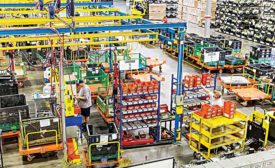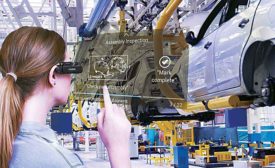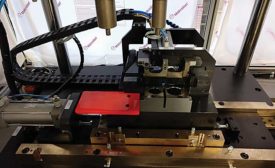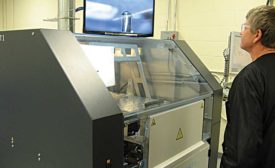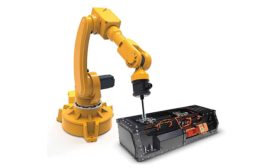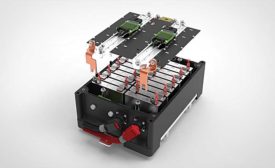Industries
IIoT Tech on Assembly Lines
Manufacturers increasingly rely on mobile and stationary technologies to obtain worker- and machine- performance data that optimizes plant productivity
May 8, 2019
Configuration Management How-To
Configuration management is a fundamental set of processes for managing the product, supply chain and much more
May 7, 2019
The Reality of Augmented Reality
Wearable devices empower assemblers to be more productive
May 7, 2019
Hydraulic Options for High-Force Pressing
When the pressing application requires a force of 10 tons or more, manufacturers can count on hydraulic, hydropneumatic and pneumohydraulic presses
May 6, 2019
What’s New in Leak Testing
New applications and stricter requirements are spurring innovation in leak testing technology
May 3, 2019
Data Analytics and the Smart Factory
Big data is becoming a strategic manufacturing tool.
May 2, 2019
Never miss the latest news and trends driving the manufacturing industry
Stay in the know on the latest assembly trends.
JOIN TODAY!Copyright ©2024. All Rights Reserved BNP Media.
Design, CMS, Hosting & Web Development :: ePublishing
